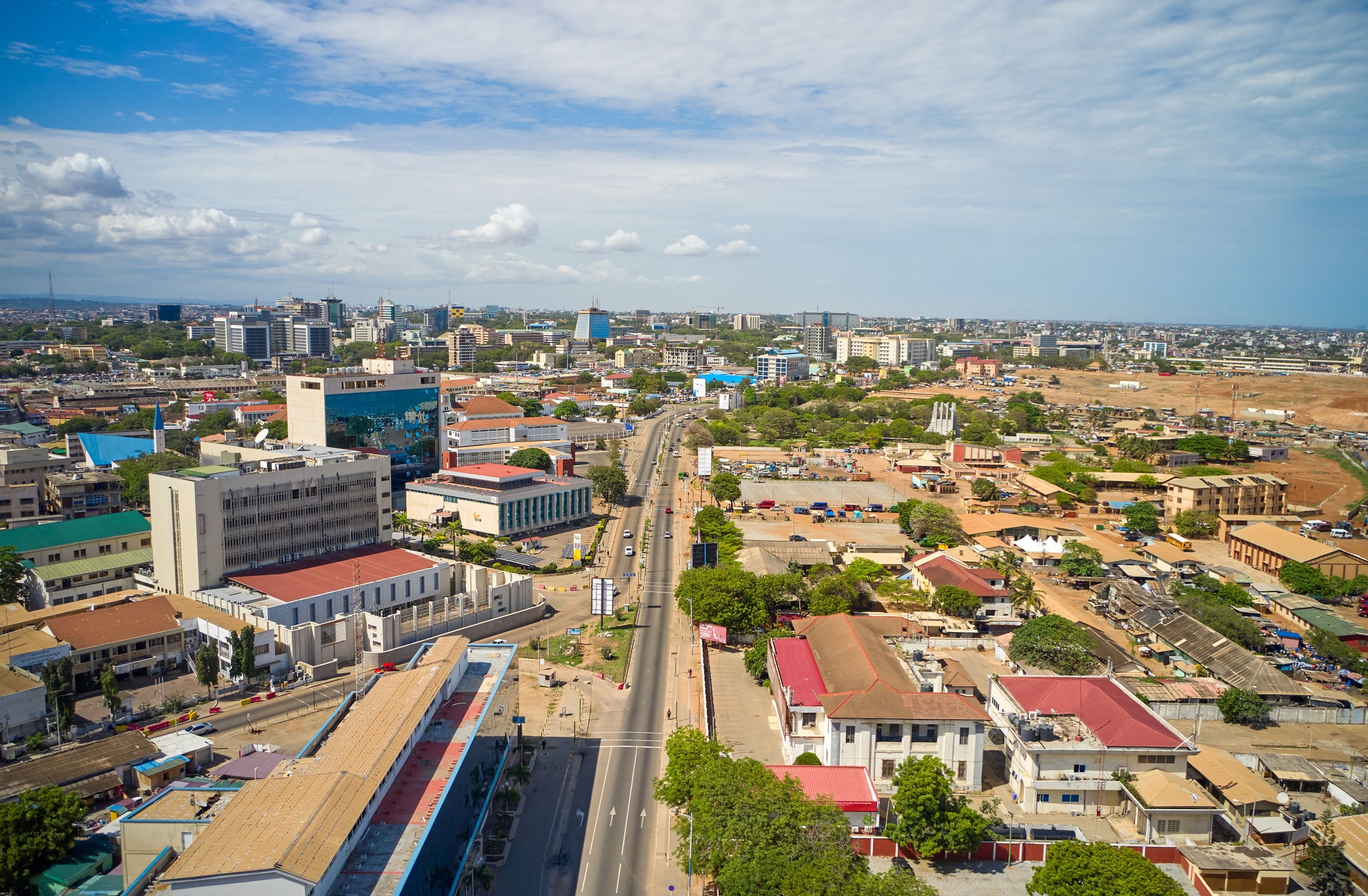The cedi’s resurgence in 2025 has made it one of the world’s best-performing currencies over recent weeks. What’s behind this dramatic turnaround?
Cedi’s Comeback: Why Ghana’s Currency Is Strengthening in 2025
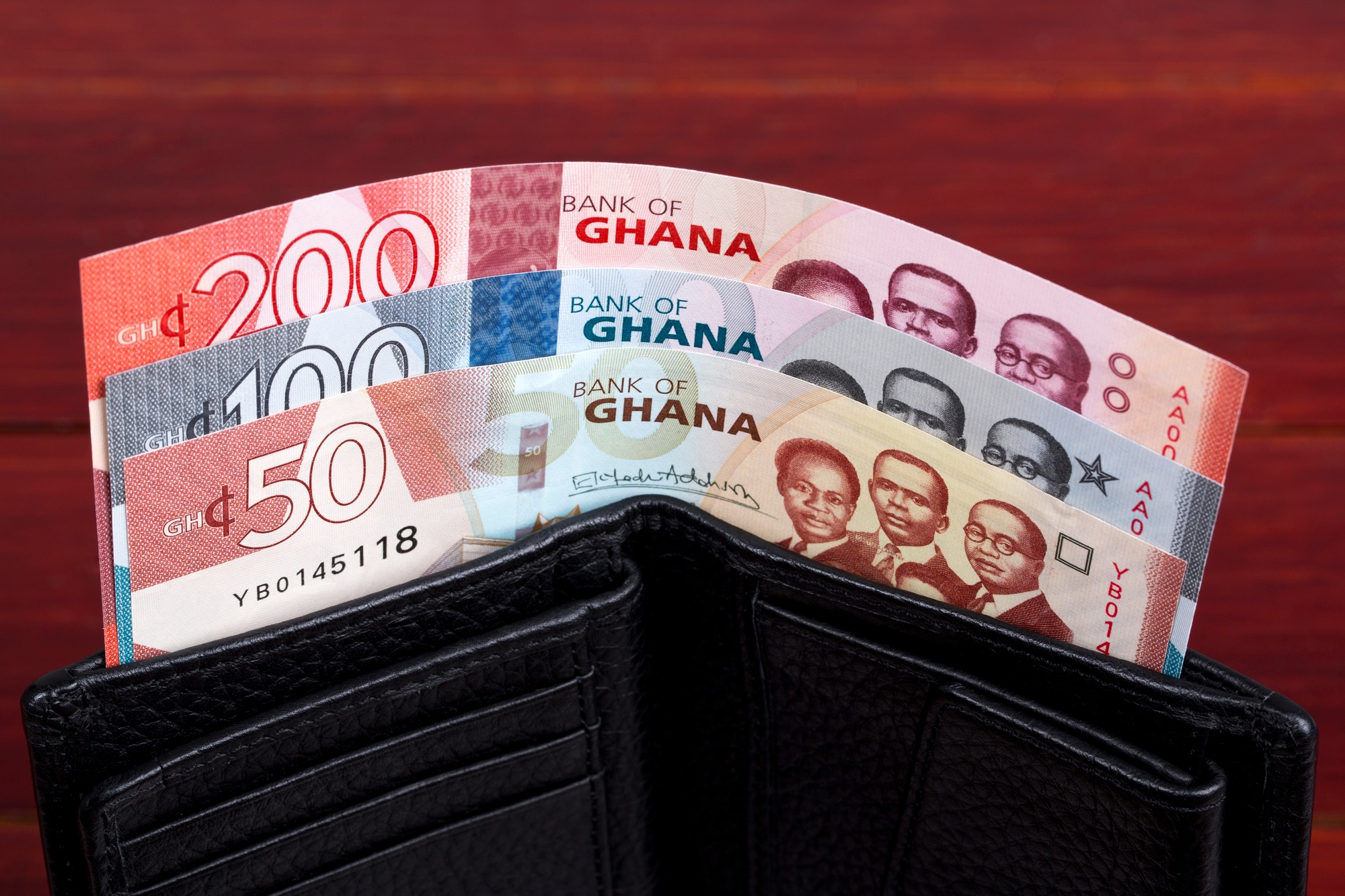
Just two years ago, the cedi was in freefall; dollars were king and prices were spiraling out of control. Today, Ghana’s currency is unexpectedly gaining ground against the US dollar, stunning analysts and locals alike. The cedi’s resurgence in 2025 has made it one of the world’s best-performing currencies over recent weeks. What’s behind this dramatic turnaround? And is it trickling down to waakye sellers, shopkeepers, and ordinary Ghanaians? This feature looks into the cedi’s comeback, from the dark days of 2022’s depreciation crisis to the policy shifts and market interventions powering its revival.
The Historical Backdrop
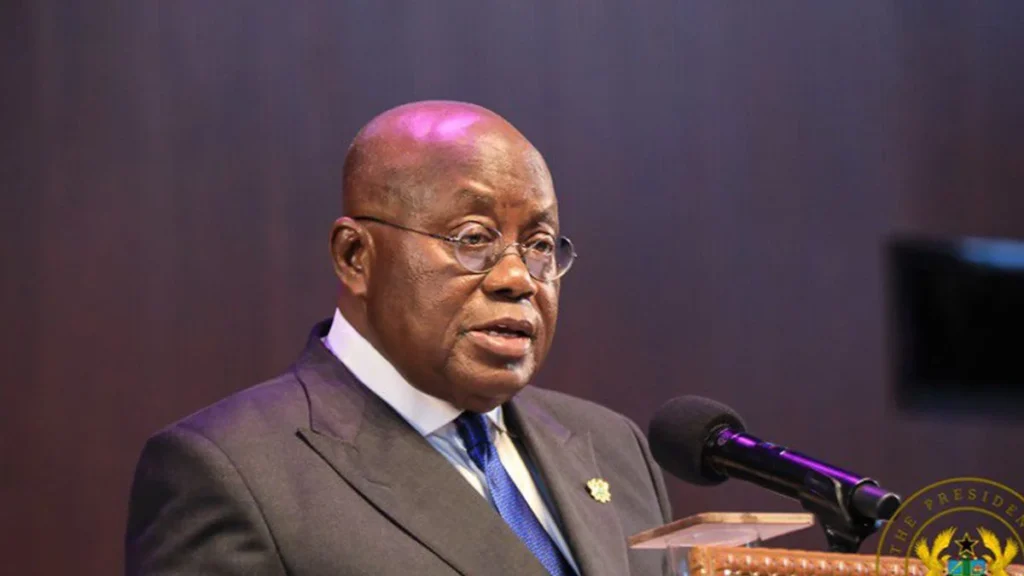
Ghanaians will not soon forget the financial turbulence of 2022–2023. By late 2022, the cedi had collapsed under a mountain of economic woes: soaring inflation, unsustainable debt, and evaporating investor confidence. Annual inflation blew past 50%, far above the central bank’s target, as the cedi’s value plummeted. In fact, the cedi lost 45.1% of its value in 2022, earning the unhappy title of the world’s worst-performing currency that year. Prices of everyday goods surged; market women at Makola hiked food prices weekly, and a mood of crisis gripped the nation.
Ghana was forced to seek help from the International Monetary Fund. The government reached a $3 billion bailout agreement with the IMF in 2023 to address the fiscal and balance of payments crisis.
The deal came with tough conditions: rein in public spending, increase revenues, restructure debt, and stabilize the cedi. By the end of 2023, Ghana had defaulted on much of its external debt and undertaken a painful domestic debt exchange to reduce its obligations. The economy was at a crossroads, and politically, change was on the horizon.

In the December 2024 elections, Ghanaians voted for a course-correction. Former President John Dramani Mahama won a comeback victory, riding on promises to fix the economy and halt the cedi’s slide. Mahama’s campaign had painted the dire picture clearly: Ghana’s debt default in 2022 and the IMF program that followed were evidence of mismanagement that he vowed to reverse. As he took office in January 2025, public expectations were sky-high for an economic turnaround. The cedi’s strength (or weakness) was seen as a barometer of success, felt directly in people’s pockets through fuel and food prices.
The chart above tells the story: after spiking to over GH¢16 to $1 in late 2024 (a sign of how weak the cedi had become), the exchange rate dramatically reversed course in early 2025. In the first 120 days of Mahama’s new administration, the cedi appreciated roughly 9.3% against the dollar, climbing from about GH¢14.7 to GH¢13.3. By May 2025, it had notched a 7% gain year-to-date, making it one of the top-performing African currencies of the year. This is a remarkable shift from the currency’s crisis just two years prior. To understand how we got here, let’s explore what changed in 2025 and how the new administration’s actions – and a dose of good fortune – have strengthened the once-ailing cedi.
What Changed?
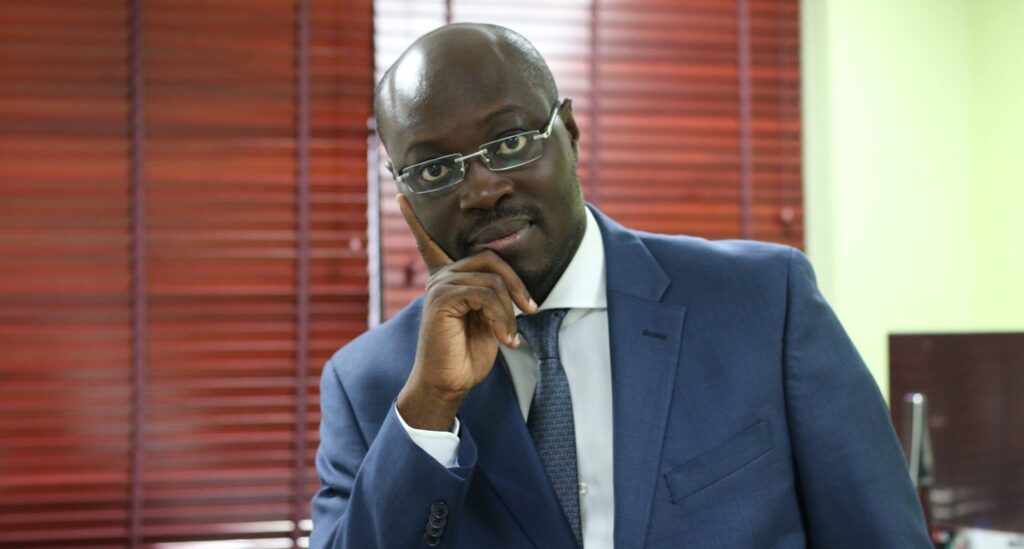
Stepping into office in January 2025, President Mahama’s economic team, led by Finance Minister Dr. Cassiel Ato Forson, wasted no time in charting a new course. They faced a sobering reality: the economy they inherited was deeply distressed, with inflation soaring, the cedi depreciated, and debt at precarious levels. To turn this around, the government pursued a multipronged strategy emphasizing fiscal discipline, debt relief, and strategic resource management. In plain language: cut waste, stabilize prices, and rebuild trust.
1. Fiscal Belt-Tightening: Unlike the typical post-election spending spree Ghanaians have come to expect, Mahama’s administration hit the brakes on fiscal excess. Government spending has been kept on a short leash so far in 2025. “We are managing expenditure, not just slashing arbitrarily,” explains economist Prof. William Baah Boateng, noting that the new government is ensuring it only spends what productive economic activity can support. This discipline marks a change from past years. In fact, an analysis by Joy News found that Mahama’s first 120 days this term saw none of the sharp budget overruns typical of transitions, helping to limit excess cedi liquidity in the economy. By avoiding pumping too many cedis into circulation, the government has helped cool demand for dollars.
A vivid example of fiscal discipline is how Dr. Ato Forson handled Ghana’s massive arrears (unpaid bills). Upon taking office, he froze payments on about GH¢65 billion in outstanding arrears pending an audit, to verify these debts. This tough move immediately saved cash, allowing the government to borrow much less in the local T-bill market. With reduced government borrowing, interest rates on treasury bills plunged from nearly 28% late last year to about 15% by April 2025. For the first time in years, businesses saw borrowing costs fall and confidence rise that the government wouldn’t crowd them out or stoke inflation. The Bank of Ghana’s own survey showed business confidence at its highest level since 2020. Lower T-bill rates also signaled to investors that Ghana is getting its fiscal house in order – a stark contrast to the double-digit deficits of previous years.
2. Debt Restructuring and Relief: The Mahama administration also benefited from (and built upon) debt relief measures started in 2023. Under the IMF program, Ghana had negotiated moratoriums and haircuts on debt that significantly cut debt servicing costs. Essentially, some of Ghana’s crushing debt payments were paused or reduced. This gave the government breathing room to redirect funds to critical needs instead of scrambling for dollars to pay creditors. Ghana’s external creditors are in ongoing talks for restructuring about $13 billion of debt, and the signals so far are positive. The IMF’s continued support – Ghana completed a fourth review in May 2025, unlocking another $370 million – has bolstered confidence that accumulated debt won’t sink the cedi again. “We’re coordinating reforms and debt sustainability not just to meet IMF conditions, but to anchor long-term resilience,” President Mahama affirmed in a recent address. The government is targeting a small primary budget surplus of 1.5% of GDP in 2025, meaning it will earn a bit more than it spends excluding interest – a stark turnaround from the big deficits of previous years.
3. Tackling Inflation : When Ghanaians hear “inflation is easing,” they often wonder when it will show up in the prices they pay. But in policy circles, slowing inflation is a huge victory – and Ghana has seen a consistent decline in price pressures since late 2023. From a high of over 50% in 2022, inflation decelerated to 21.2% by April 2025, the lowest in about two years. This wasn’t by luck. The Bank of Ghana (BoG) under a new governor, Dr. Johnson Asiama, has kept a tight stance – even hiking the key interest rate to 28% in March 2025 to reinforce its anti-inflation commitment. That high interest rate (the policy rate), currently 28%, discourages excessive borrowing and money supply growth. Coupled with the government’s fiscal discipline, it has started to tame the once-runaway prices.
Crucially, fiscal and monetary policy are finally working in sync. In previous years, the Finance Ministry’s large deficits often forced the central bank to print money or lose reserves to defend the cedi – a recipe for inflation and depreciation. Now, President Mahama touts a “better synchronization” between Ato Forson’s Finance Ministry and Asiama’s Bank of Ghana. The two institutions meet regularly to align forex interventions, reserve targets, and liquidity management. As Mahama succinctly put it, “Monetary policy alone cannot secure Ghana’s recovery. It must be complemented by disciplined fiscal policy”. That philosophy is guiding their coordinated actions to keep the cedi on stable footing.
4. The Gold Factor – A New Gold Board: Perhaps the boldest structural change has been Ghana’s decision to leverage its gold resources to support the cedi. In March 2025, Parliament passed the Ghana Gold Board Act, establishing the so-called “GoldBod” (Ghana Gold Board). This new institution is tasked with regulating and managing Ghana’s gold trade – from small-scale miners to large companies – with an eye on boosting foreign exchange earnings and shoring up the currency. The Gold Board is now the sole buyer of gold from small miners and will oversee gold exports. The idea is simple: capture more of the gold value in Ghana, instead of letting smuggled or undervalued gold leave the country for cheap. By buying gold in cedis and sometimes using that gold for strategic swaps (more on that soon), Ghana can build its reserves without drawing down dollars.
The impact has been striking. Over the past two years, the Bank of Ghana quietly tripled its gold reserves – from just under 9 tonnes in May 2023 to over 31 tonnes by April 2025. This hoard adds a solid backbone to the central bank’s war chest, providing a buffer of hard assets that can be used in emergencies to defend the cedi. In 2024 alone, Ghana’s gold exports surged thanks to higher global prices and better oversight. Exports went from $7.6 billion in 2023 to $11.6 billion in 2024, helping swing Ghana’s trade balance into a healthy surplus of about $5 billion. In effect, gold has become Ghana’s secret sauce for cedi stability. As one analyst quipped, strong gold prices in 2025 “could not have come at a better time for the troubled economy”. The Gold Board ensures those gains don’t slip away: it even secured deals with major mining companies for the government to purchase 20% of their output in cedis before export. Moves like that reduce the miners’ demand to convert earnings into dollars (since they get cedi payment for part of their gold), easing pressure on the forex market.
Finance Minister Ato Forson underscores that none of this has been accidental. “The stability and appreciation you are witnessing is not a knee-jerk reaction; it is the product of careful, well-thought-out planning,” he said, assuring that the cedi’s rise is “not a nine-day wonder” but will be sustained. The administration’s first budget, presented in March 2025, was full of confidence-building measures – from targeted tax relief for small traders to explicit policies to manage the exchange rate. The budget pledged to clamp down on speculative trading of forex, improve reserves management, and work closely with the central bank to tame inflation. It was essentially a blueprint for restoring faith in the cedi. After the trauma of recent years, that faith is gradually returning: Ghana’s gross international reserves shot up to over $9.3 billion in February 2025 (from $6.1 billion a year prior), thanks to prudent management and inflows from development partners. With more reserves in the vault, the Bank of Ghana has greater firepower to defend the currency if needed, which further deters speculators from betting against the cedi.A combination of tighter fiscal discipline, successful debt relief, aggressive inflation-fighting, and innovative resource management (hello, gold) set the stage for the cedi’s comeback. But smart policies alone aren’t the entire story. The next section looks at specific interventions in the foreign exchange market – and a few lucky breaks – that have turbocharged the cedi’s rise.
Subscribe to MDBrief
Clean insights, a bit of sarcasm, and zero boring headlines.
